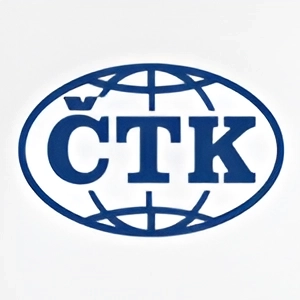Prague, Nov 16 (CTK) - The risk assessment index (PES) has been at 70 in the Czech Republic for the past five days in a row. The number corresponds with the fourth level of the new system (between 61 - 75) however, the country will be kept at the fifth and highest level until it reaches seven consecutive days at this lower level, according to data released by the Health Ministry on its website today.
Today, the Health Ministry started publishing the risk assessment index, under which the anti-coronavirus measures may start relaxing on the basis of the PES system, presented on Friday.
PARTNER ARTICLE
The system has five levels. The first is green and the most moderate, with the index from 0 to 20 points. The second level is yellow from 21 to 40 points, the third one is orange from 41 to 60, the fourth one is red from 61 to 75, and the fifth one is violet with more than 75 points.
Statements from the ministry have confirmed that if the value remains under 75 by Wednesday, the measures may be relaxed with the restrictions eased the following Monday.
The fourth level or 'red' would mean, for instance, the opening of elementary schools to all pupils from the first five grades, and alternative distance and regular teaching of older students from the fifth to ninth grades, as well as a relaxed curfew starting at 23:00 instead of the current 21:00.
Moreover, up to 20 people could attend weddings, funerals and religious services instead of the current 15, and up to six instead of two people could meet indoors and outdoors.
The ministry also issues the values for particular regions and districts. In the capital of Prague, the value is now 47, corresponding to the third level, but in other regions it stands at 65 to 70, which is the fourth level.
However, Health Minister Jan Blatny (ANO) said on Friday that the measures would be lifted according to the situation in particular regions in the case of low risk levels only.
The index is based on the reproduction number, the average number of people infected by one positively tested person, the percentage of the infected among the tested, and the number of the infected per 100,000 inhabitants in general and among the senior population.
If the risk index moves to a lower or higher risk level, the measures will not change automatically. The lower level must stay for seven days for the measures to be relaxed or be higher for three days for them to be tightened.












 Reading time: 2 minutes
Reading time: 2 minutes 























